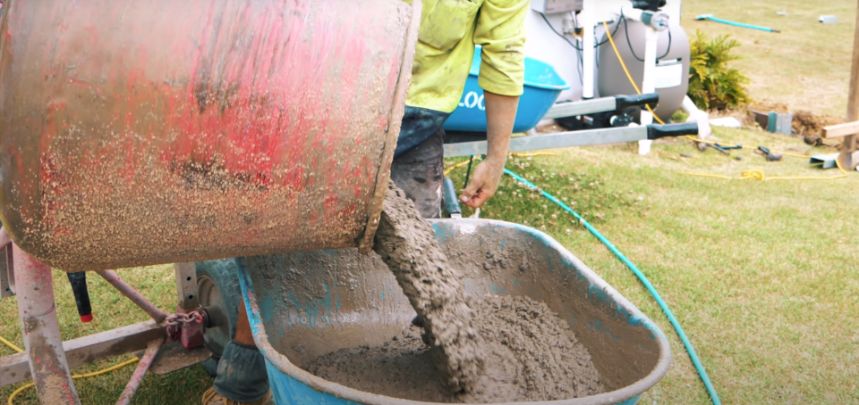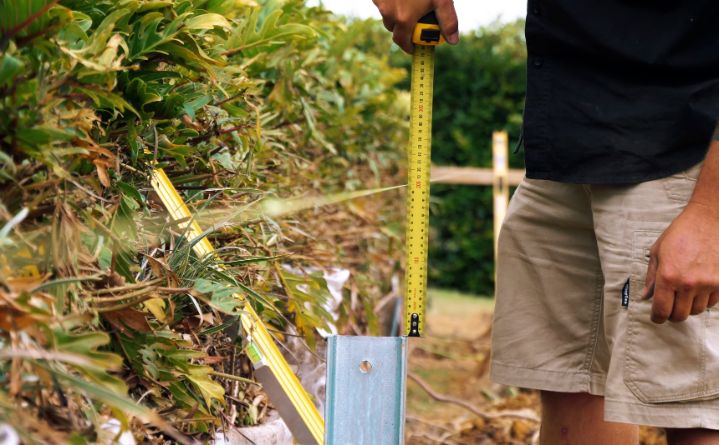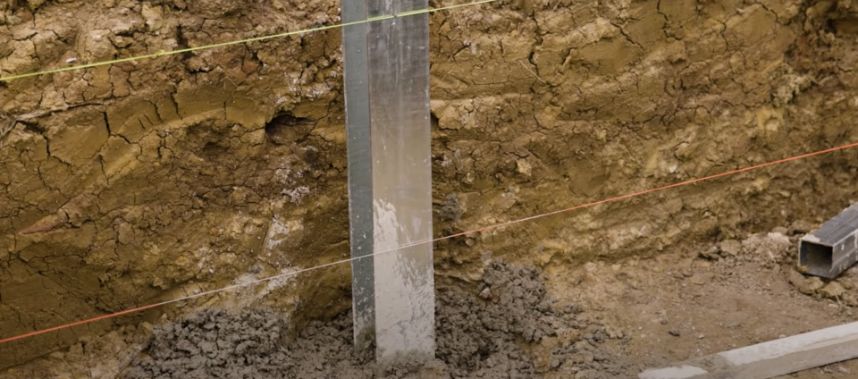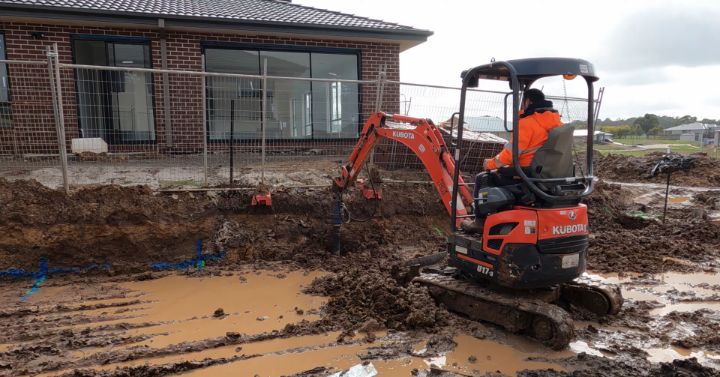The most common types of retaining walls for construction are gravity retaining walls, cantilever retaining walls, embedded retaining walls, and reinforced retaining walls. These retaining walls can be used for various projects as well as site conditions.
In this post, we’ll discuss the main types of retaining walls that are used in commercial projects and their applications. We recommend that you learn about the common types of retaining walls first before hiring a retaining wall builder.

What is a Gravity Retaining Wall?
A gravity retaining wall is a type of retaining wall that uses gravitational force to withstand the lateral pressure generated by the soil behind it. Such resistance allows gravity retaining walls to stay in place and remain stable.
These walls usually have a broader base while being sloped, which enables them to further withstand pressures even at depth. They are also easy to construct and can go as high as up to 3 metres.
Since gravity retaining walls are mainly about weight, they allow builders to use the best materials for construction. A small trench dug for the wall to fit into is usually required when building a gravity retaining wall.

What is a Cantilever Retaining Wall?
A cantilever retaining wall is a common retaining wall used in commercial projects that consists of a stem and base made of concrete. At the bottom, cantilever retaining walls are usually installed deep within the soil so that it will not slide or topple over time.
In terms of appearance, these walls have a wider base while being narrower at the top. A significant advantage that a cantilever retaining wall has over others is that it only requires less space once installed. It can also go as high as 5 metres in height.

What is an Embedded Retaining Wall?
An embedded retaining wall is a type of retaining wall often used to create near-surface underground structures. Some of the most common places you can find these retaining walls are within metro stations, car parks, and basements.
Embedded retaining walls work the same way as cantilever retaining walls by leveraging the passive earth pressure of the ground. These walls also have extra support through internal propping or ground anchors attached to them.

What is a Reinforced Retaining Wall?
A reinforced retaining wall is a retaining wall that uses geogrid layers to increase the bearing capacity and resistance of the soil to differential settlement. It is made by gradually raising the tensile force used on the soil at the back of the wall. This allows high-tensile-strength materials to reinforce the wall.
When builders design reinforced retaining walls, they carefully consider the material type, length of reinforcing material, and construction interval to ensure stability.
If you want to know how to build the cheapest retaining wall, you can check out our blog here.
